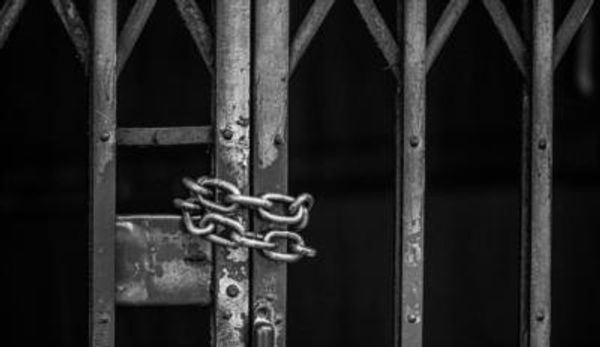
A cohabitation program thought to increase the survival of threatening species is being trialled at Mulligans Flat, thanks to an early career researcher at the Australian National University.
Kiarrah Smith, a fourth-year PhD student, has designed mini safe havens inside the Gungahlin sanctuary, allowing New Holland mice and quolls to coexist.
The "leaky fence" design of the refuge areas allows the threatened native mice to move through the fence at their own time, learning to live with the carnivorous marsupial.
The researchers captured the mice on camera leaving the fenced-in structure over several months, providing evidence they'd learned to coexist.
Ms Smith said the mini safe havens could potentially provide gradual introduction into the wild for a broad range of ground dwelling animals.
"What I'd like to see happen in the future is for the safe havens to be tested outside of a sanctuary area, among cats and foxes," she said.

The work has built on almost a decade of efforts to reintroduce the New Holland mouse to Mulligans Flat, after the once widely spread pseudomys novaehollandiae was listed as extinct in the ACT.
Ms Smith said it is now restricted predominantly to coastal areas, particularly Tasmania and Victoria, where it is listed as endangered.
While a population count in the ACT is still underway, the New Holland mouse's national listing as vulnerable could soon be upgraded, she said.
"As with most small mammals in Australia the cats and foxes are a big problem, in combination with the clearing for agriculture and infrastructure," she said.
"Climate change is an emerging threat, particularly reduced rainfall and the hotter climates, changing vegetation structure and removing the shelter and food sources that they like to eat."
The ANU has has been part of the captive breeding program of the New Holland mouse from the start, with the latest colony sourced from Booti Booti National Park and released in 2020.
Ms Smith said the New Holland has, on average, just three babies per litter.
Its wide eyes and "softer, cuter, rounder" body shape also sets it apart from the common house mouse, she said.
"In Victorian to Tasmania they're sort of a bigger bodied animal and in NSW and towards Queensland they're a bit smaller.
"Sort of similar to what you see in koalas, where you've got the fluffy ones where it's cold, but not so fluffy ones up north," she said.

Ms Smith recently presented her work at a Conservation in Action conference bringing together researchers, policy makers, environmental staff and volunteers, hosted by he Central West Councils Environment and Waterways Alliance.
For her efforts, she was the recipient of the early career research award, sponsored by K2W Glideways.
Alliance spokesperson Mick Callan said it was often students bringing new ways of thinking to the scientific field and providing new and interesting data.
Ms Smith will focus on captive breeding as the next stage of her studies, furthering the work of researchers bringing the New Holland mouse back to the ACT.
"Because we had a captive colony founded from the wild, we are trying to keep them a wild type so they can be released," Ms Smith said.
"It's kind of a balance between how do we get them to reproduce in captivity but still be okay in the wild.
"I'm hoping the sort of leaky fence concept will actually see them spreading out beyond Mulligans.
"Maybe one day we'll even reintroduce them in some of the other parks around ACT - that will be really cool."
We've made it a whole lot easier for you to have your say. Our new comment platform requires only one log-in to access articles and to join the discussion on The Canberra Times website. Find out how to register so you can enjoy civil, friendly and engaging discussions. See our moderation policy here.







